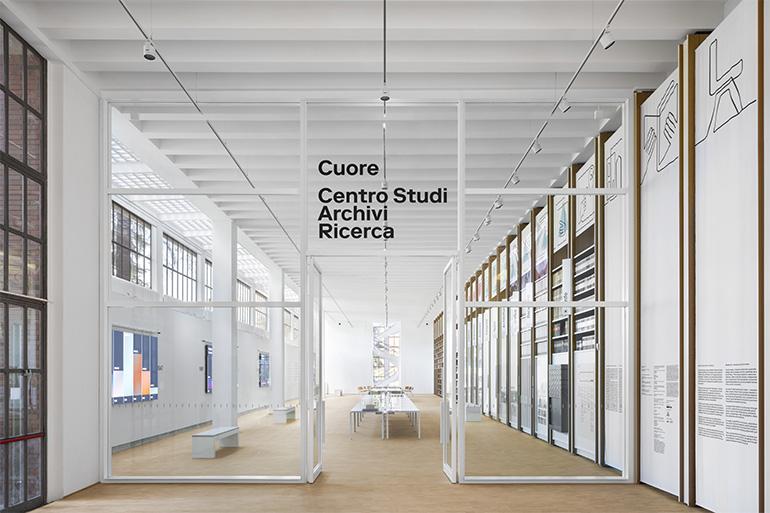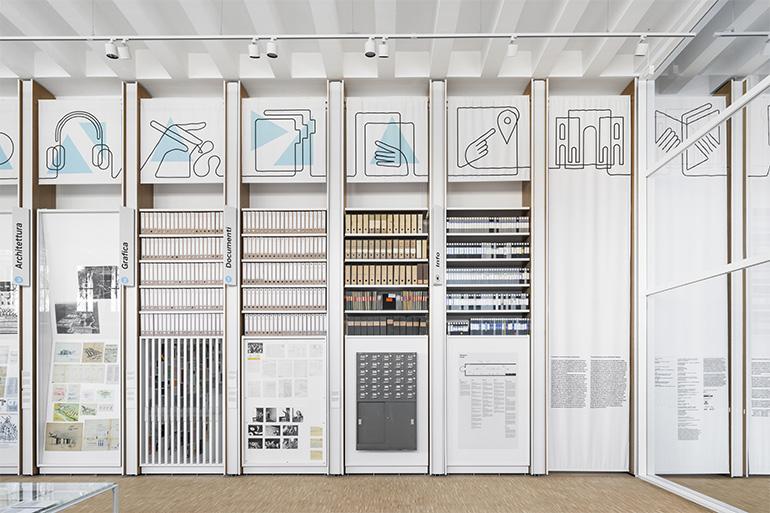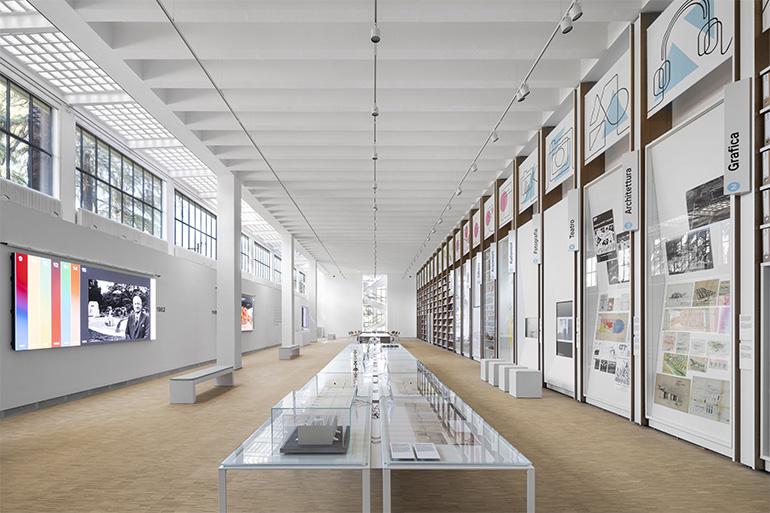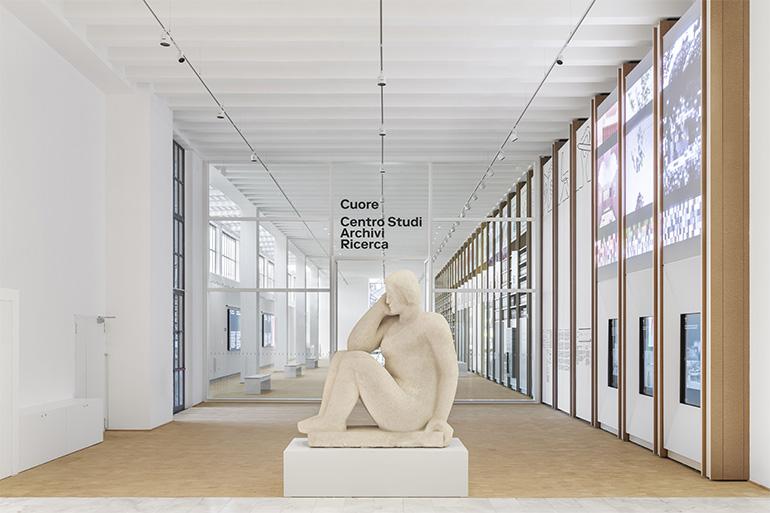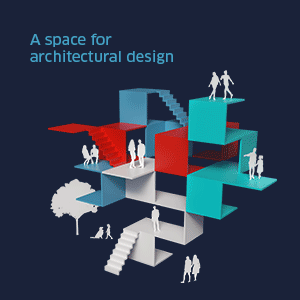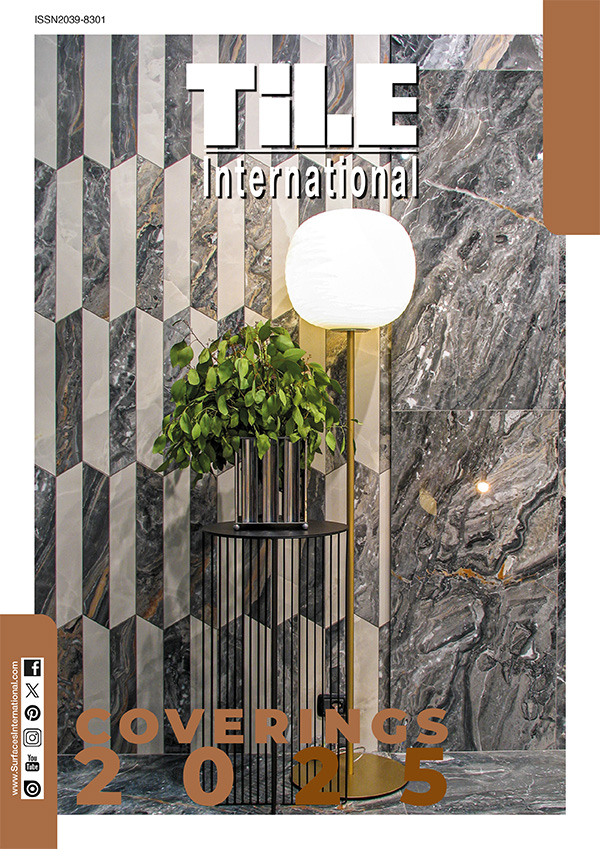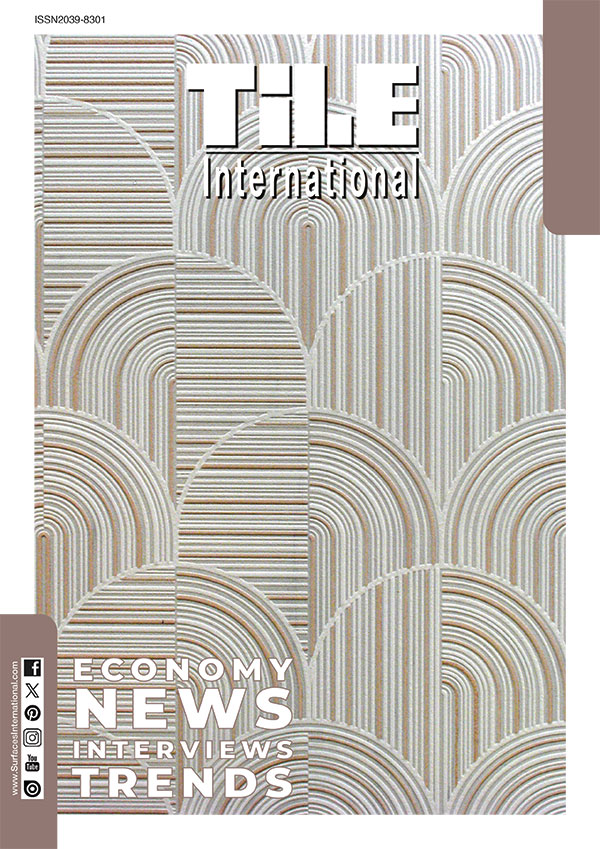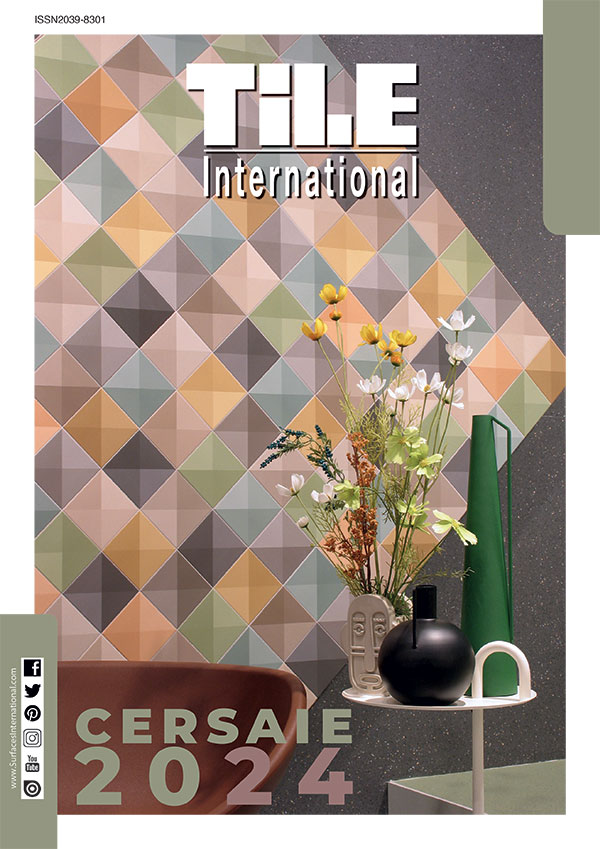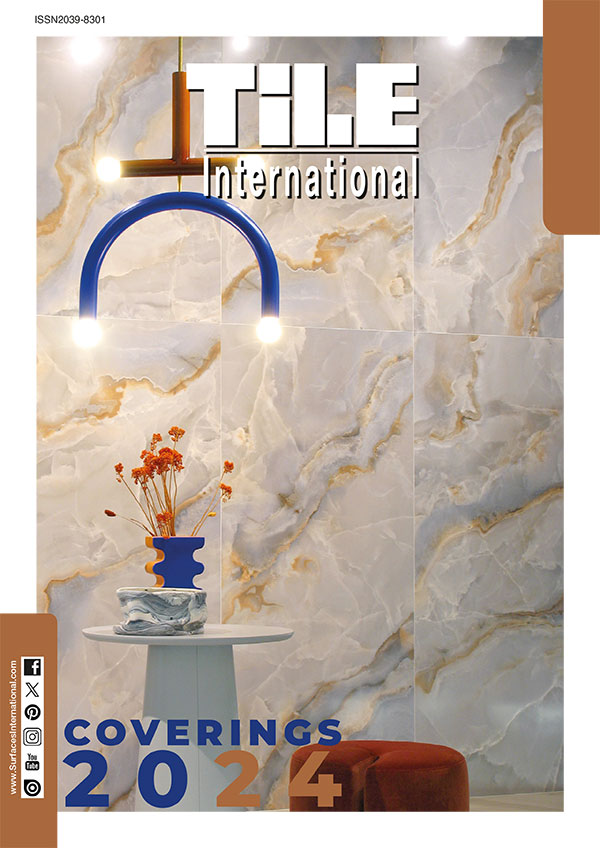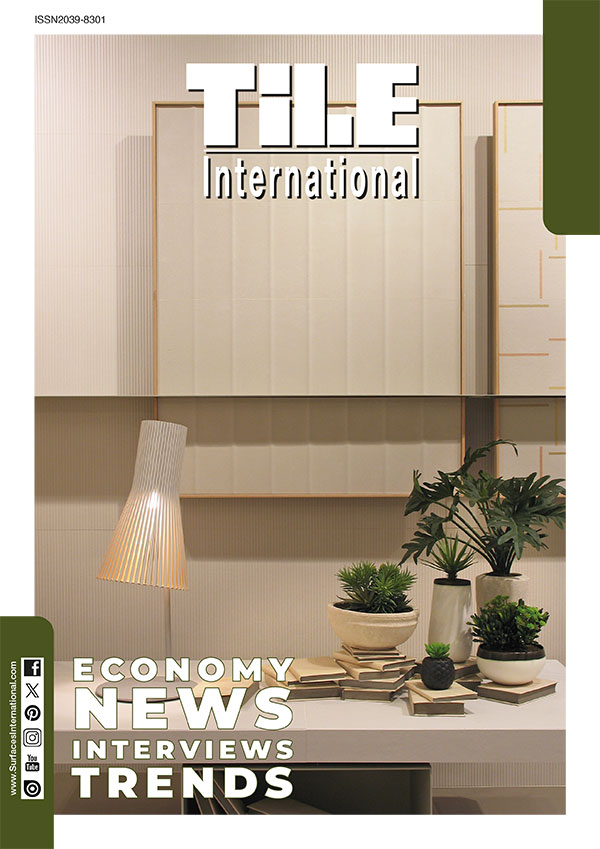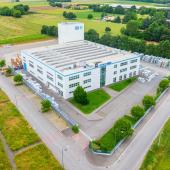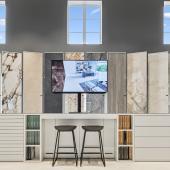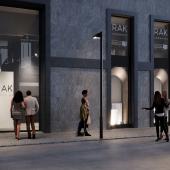Triennale Milano presents the new space Cuore
Triennale Milano inaugurates Cuore – Research, Study and Archives Center, a new space devoted to research, memory and innovation.
Located on the ground floor of the Palazzo dell’Arte and conceived as a flexible and constantly evolving place, Cuore is intended to highlight the research work that underpins all the Triennale’s activities. It is a 400 square meters space designed to welcome visitors, the scientific community, scholars and researchers, but also a network that unites universities, superintendencies, public and private foundations, and companies.
AR.CH.IT Luca Cipelletti developed the concept and the architectural and exhibition design of the space. The architectural project is part of a larger plan to enhance and restore the original design of the Palazzo dell’Arte – developed by Giovanni Muzio in 1933 – which Triennale is carrying out on the entire building. Cuore has been designed in such a way as to enhance the dialogue between architecture and exhibition, between content and container, creating an environment in which modular elements renew themselves over time.
Three main functions converge in this space. The first is related to research, with the reactivation of the Triennale Research Center, founded in 1935 and active until 1990, which is coming back to life after more than 30 years. The Research Center, in collaboration with national and international universities, carries out scientific-academic research on the central themes of our time, which will be addressed in the Triennale’s future programming. In the future, it also intends to develop innovative projects and services, leveraging the institution’s specific skills and knowledge.
The second function is related to the Triennale’s archives, library and collections: a unique multidisciplinary heritage – design, art, architecture, theater, graphic arts, photography and audiovisual material – that includes more than 300,000 works, objects, drawings, projects, photographs, letters and books. Cuore aims to trace the history of the institution’s heritage through its rich archival materials and collections, which for the first time will be displayed in all of their complexity on a rotating basis and made available for consultation. The archives conserve material on the International Exhibitions and the activities of Triennale from 1923 to today, with documents, press articles, collections of posters, drawings and plans, architectural models, material on the theater over 30,000 photographs and more than 2,000 film and audio recordings. The Triennale Collections system is made up of the Italian Design Collection, the Giovanni Sacchi Collection and the Art collection, along with the collections of some of the great designers including Alessandro Mendini, Cinzia Ruggeri, Ettore Sottsass, Nanni Strada, and Saul Steinberg. The library contains a wide range of Italian and international titles – over 22,000 books and 800 periodicals– that can be consulted freely or by reservation by researchers and enthusiasts.
Cuore is also a platform for promotion and dissemination, hosting throughout the year various collections and archives of public and private institutions, developing thematic paths. This third function brings together around the Triennale a network of organizations that collaborate in the preservation, promotion and study of archival collections.
The entire project is based on the principles of sustainability and recycling, with a view to reducing environmental impact. The material used to mount the exhibits is reclaimed wood, and the lighting system significantly reduces energy consumption. Inside the building, the windows and doors limit heat loss and the systems are designed to ensure energy efficiency.
In the architectural design, particular attention has been paid to the improvement of the space in order to recover the perspective vanishing point that, from the atrium of the Palace, allows the visitor’s gaze to extend to the great spiral staircase designed by Muzio. The work has also involved the upgrading of the system elements and the restoration of the fixtures and the horizontal upper closure with glass brick panels which, obscured for decades, have once again become a source of zenithal light.
The exhibition design establishes a dialog between the exhibition content and the architectural container. The exhibition system, aligned with the secondary beams, is generated from the architectural elements of the space and includes a system of highly flexible modular elements capable of housing contents, documents and works of various kinds, each with specific preservation and display requirements. As the requirements for the use of the space change, the modular elements of the exhibition system can easily be rearranged. The modular structures, manufactured by UniFor to a design by Luca Cipelletti, have metal and glass as their main materials, reflecting the logic of sustainability that underlies the entire project. Notably, the components can be completely disassembled and recycled individually.
Along the entire right wall of the space there is a system of display cases, cabinets and shelves covering an area of about 300 square meters, by which the material from the Triennale’s archives and collections is made accessible. The entire equipped wall is covered with an Ecological Panel®, a product Made in Italy realized by Saviola entirely through post-consumer wood recycling, i.e. without cutting down trees, highlighting the texture of the regenerated wood and its technical potential.
In the center of the space, twelve LessLess tables by UniFor make it possible to set up of temporary exhibits hosting archives from outside the Triennale, which can also be studied in-depth through meetings and conferences, as well as installations and multimedia projects. A second area, organized through the composition of six LessLess tables, allows the consultation of archival materials or from Triennale’s collections (by appointment) and welcomes researchers from the Triennale Research Center.
On the left wall, three ledwalls have been installed that can be used to provide detailed information. At this time, they show a video installation created by propp with music and sound design by Painé Cuadrelli and devoted to the Trienniale International Exhibitions, from the 1923 one to that planned for 2025. The area of the space adjacent to the spiral staircase is equipped with a fourth ledwall for temporary events such as talks, lectures, presentations, and projections.
The lighting project has been developed in collaboration with Erco: in continuity with previous projects and collaborations at Triennale, they have provided highperformance products that ensure high quality lighting and high performance in terms of energy saving. The lighting of the interior space with advanced LED technologies, combined with the transparency of glass bricks, creates light effects on the façade that enhance the architecture even from the outside.
Cuore is realized with the support of Fondazione Cariplo. Triennale Milano would like to thank Architectural Lighting Partner Erco, Design Partner Unifor, Technical Partner Saviola, and Institutional Partners Lavazza and Salone del Mobile.Milano for their support in the realization of this project.
Ph. Delfino Sisto Legnani
Stefano Boeri, President of Triennale Milano, has stated:
“In 2023 we celebrated 100 years of the Triennale, and this new space was established as a resource that looks both to the past and to the future. We felt the need to create a venue where the extraordinary research, study and in-depth work that underpins Triennale’s cultural proposal, and brings the institution’s heritage to life, is visible and accessible to all. Cuore is a place open to everyone, where it is possible to consult materials from our archives, but also to do research and develop ideas for the future thanks to the Triennale Research Center, which is being reborn right here.”
Carla Morogallo, Director General of Triennale Milano, has stated:
“With Cuore we have sought to develop a platform for research, services, experimentation and cultural production that works in synergy with leading Italian and foreign institutions in the academic, scientific and cultural fields, as well as with emerging and innovative organizations. We want to actively involve a network of partners in order to bring to life and activate a heritage of knowledge and reflection on the future.”

